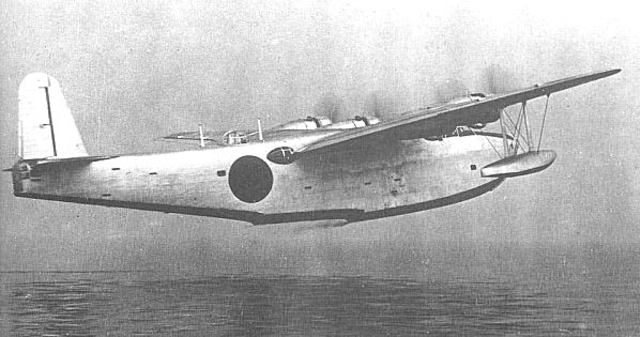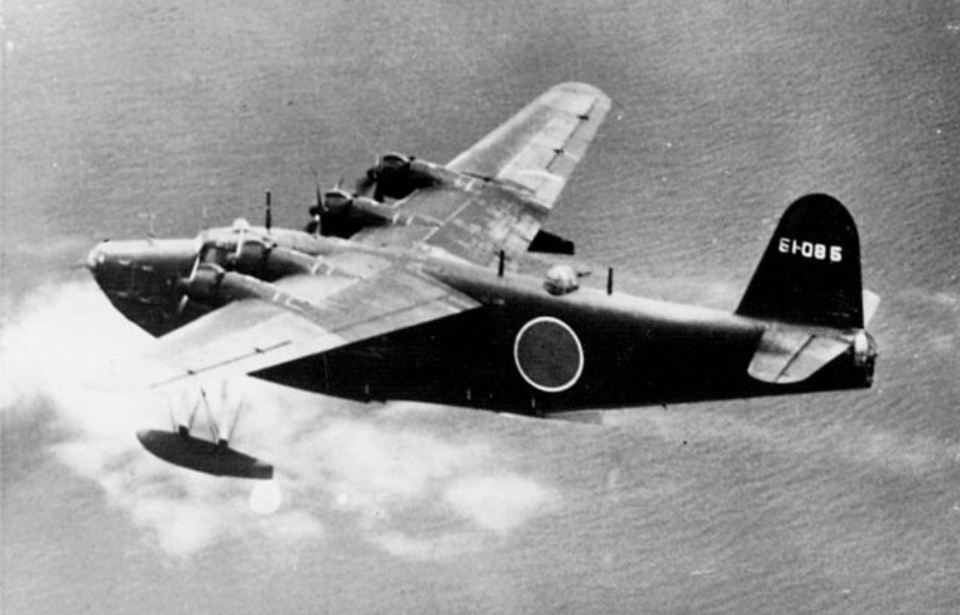The attack on Pearl Harbor on December 7, 1941, has been the subject of many books and movies. It occurred with little advanced warning and resulted in major American losses, in terms of hardware and personnel. What’s less well known is that the Japanese planned and executed a less successful follow-up mission that was meant to thwart salvage operations and further disrupt the US Navy’s Pacific Fleet. It was dubbed Operation Kē-Sakusen – or Operation K.
What did Operation K entail?

Operation K was planned for the night of March 4, 1942, and it was meant to be conducted by five massive long-range Kawanishi H8Ks. However, operational issues meant only two flying boats were available for the mission.
The aircraft were originally earmarked for mainland bombing campaigns against targets in California and Texas, but, first, the Japanese needed to know how repairs were going in Hawaii. The H8Ks were perfect for reconnaissance, and, as they were also each able to deliver a payload of four 550-pound bombs, they could further disrupt the Pacific Fleet.
It was a historic raid, in that it was the longest distance ever undertaken during a two-aircraft bombing operation, and it was one of the longest bombing sorties conducted without fighters as escorts. The flight from the Marshall Islands to Pearl Harbor and back covered over 2,000 miles. In order to make the mission viable, tanks of aviation fuel were dispatched to the French Frigate Shoals, so the flying boats could refuel before the final 500-mile approach.
Unable to approach Hawaii by sea

The first strike on Pearl Harbor had been viewed as a tremendous success by the Imperial Japanese Navy (IJN), but subsequent reconnaissance missions had confirmed that the US Navy’s salvage efforts were progressing at a rapid pace.
American maritime warning systems had been strengthened since then, so approaching Hawaii by sea was impossible. Therefore, the Japanese military pinned its hopes on long-range bombers. The primary target was the “Ten-Ten” dry dock, since hitting the ships undergoing repairs would delay the Pacific Fleet’s recovery and improve the odds for the IJN.
The date was set to coincide with a full moon, in order to provide maximum visibility for the reconnaissance part of the operation.
Kicking off Operation K

In the days before Operation K, intelligence observers noted the deployment of the H8Ks and alerted naval authorities on Oahu, but these warnings were largely ignored. Lt. Hisao Hashizume was the mission commander and flew the first flying boat, while Ensign Shosuke Sasao piloted the second. The submarine I-23 was meant to provide a weather report, but had become lost at sea a few days prior.
As the mission got underway, radar stations on Kauai noticed the flying boats, prompting Consolidated PBY Catalinas and Curtiss P-40 Warhawks to take to the skies in search of the enemy aircraft. Thick clouds appeared, providing a shield for the aircraft, but also hindering visibility for the crews onboard. The H8Ks were supposed to attack in tandem, but the men in the second couldn’t hear the orders coming from the lead flying boat. They split up, and their bombs were dropped without proper targeting.
The first H8K’s bombs fell on a mountainside, near a school in Honolulu. There were no casualties and just a few windows were broken. The second’s munitions fell into the Pacific Ocean. The flying boats returned to the Marshall Islands, where they landed at separate air bases.
What was the outcome?

The only real outcome of Operation K was that the United States found out that the Japanese could still penetrate its airspace and leave without being intercepted. The US Army and Navy then blamed each other for the nighttime explosions near the school. The mission also sparked fears of additional Japanese raids against the US.
More from us: Debunking Myths About the Japanese Attack on Pearl Harbor
Want to become a trivia master? Sign up for our War History Fact of the Day newsletter!
While a follow-up was planned for a few months later, this operation was later cancelled, as the Americans had realized that the Japanese were using the French Frigate Shoals as a staging area and had increased patrols of the region.
